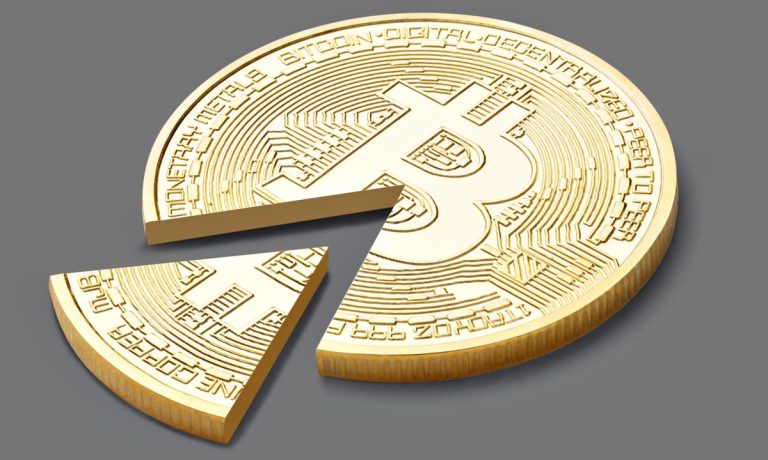
Bitcoin, blockchain and cryptocurrency are words that most people have at least heard of since the industry exploded into the mainstream public consciousness in 2021.
Over the course of this series of articles, we’ll be delving into the basics of the industry, providing an introduction to crypto that will give you a solid grounding in the technology and a lexicon for its terminology — cryptographers should never be allowed to name anything the public will eventually need to know. In short, it will be enough to understand what people are talking about and decide if you want to learn more.
Read more from PYMNTS Crypto Basics Series:
What’s a Blockchain and How Does It Work?
What’s a Crypto Wallet and How You Can Avoid Losing a Quarter Billion Dollars?
How to Lose Your Crypto Without Being Hacked
Is Bitcoin Really Anonymous and How Can Law Enforcement Track It?
What’s a Consensus Mechanism and Why Is It Destroying the Planet?
What Is Mining, and Why Doesn’t the Business of Bitcoin Work
What’s a Permissioned Blockchain and How Does Centralized Decentralization Work?
So, what’s a satoshi?
The answer depends on whether the word has a capital “S” or lower case “s” at the front.
We’re going to talk about the little-s satoshi, which can roughly be thought of as bitcoin’s penny. And then we’re going to talk about why you should care.
With a capital “S,” you’re talking about Satoshi Nakamoto, the pseudonym of the unknown creator or creators of bitcoin and blockchain, who authored the Bitcoin Whitepaper that launched the crypto revolution. But enough about her or him or them.
A satoshi, on the other hand, is 1-100-millionth of a bitcoin, the smallest fraction into which the cryptocurrency can be divided.
Why such a big number? Because, its creators imagined, when bitcoin cut all the financial middlemen like banks, credit card issuers and payments processors out of the economy, creating an idyllic world of direct, peer-to-peer (P2P) money untouched by any central bank, the value of a bitcoin would climb to enormous heights — as in $1 million.
That’s a number you’ll hear batted around daily by very serious people in the cryptocurrency industry if you dig just a little into its core. Keep in mind, bitcoin is going replace multi-trillion-dollar economies…
…And, if you do the math, you’ll discover that with a $1 million bitcoin, a satoshi is worth a penny.
That’s where bitcoin’s non-inflationary design comes into the picture.
No fan of central-bank-issued fiat currency — the first ever bitcoin transaction was imbedded with the headline from the day it was minted referencing a January 2009 bank bailout as a time stamp — Satoshi Nakamoto built a 21 million bitcoin limit into the cryptocurrency’s code.
Once they’re all mined, no more will ever be created. The reason? This makes the bitcoin, or BTC, a non-inflationary currency, as there’s no central bank that can just print more money when it needs to. That’s roughly what the U.S. Federal Reserve did in the early days of the pandemic to backstop the economy and financial institutions (FIs). And it’s what Venezuela did to create the hyperinflation that has gutted its economy.
Why You Care
To explain why a cryptocurrency fragment so small matters, let’s go buy a Coke for $1, except we’re going to pay in bitcoins — something that became a lot more likely Friday (April 8), when crypto payments processor Strike struck a deal for access to NRC point-of-sale (POS) terminals.
Read more: Bringing Bitcoin Firmly Into Payments, Strike Partners With NCR, Shopify, Blackhawk
That deal will also bypass the bitcoin blockchain’s transaction fee problem. Specifically, these fees priced in sats are in the $2 to $3 range at the best of times and can spike. The Strike deal bypasses that for fees of a penny or less, which is what Satoshi Nakamoto assumed they would run — and which they do run on many competing blockchains.
The key word there is “less.”
A single bitcoin as of Friday afternoon is $42,777.72. So, that $1 soda will set you back 0.0000237 BTC. Or, 2,370 sats. Let’s mark it down to 2,300 sats to attract customers with a (very) small discount or up to 2,500 for nice round numbers (and a small profit). If you had a convenience store and wanted to sell that Coke, which would you rather put on the price tag?
The same thing applies to transaction fees for buying or selling bitcoins on an exchange.
And, for that matter, when figuring out the transaction fee when you’re selling a $100 pair of trousers (0.00237 sats). Or a $1,000 computer (0.0237 sats). And the utility of bitcoin as a payment method goes up with those last two purchases when you figure in the 1.5% to 3% credit card processing fees.
Many other blockchains do something similar. In Ethereum, for example, each ether (ETH) can be divided into one quintillion wei.
The key to selling in sats versus bitcoins, however, is to make sure you don’t use the wrong one.
Like the guy who listed a $1.2 million non-fungible token (NFT) for 444 wei last month when he meant to price it at 444 ETH, then selling for $2,279 each.
See more: 5 Classic Examples of How Not to Buy, Sell or Store Crypto